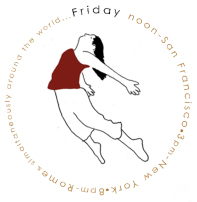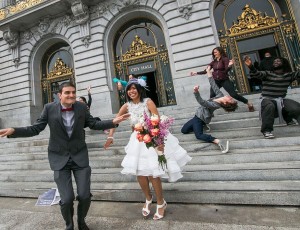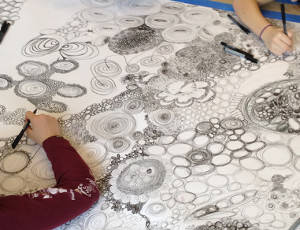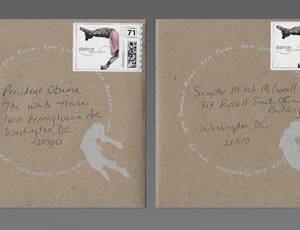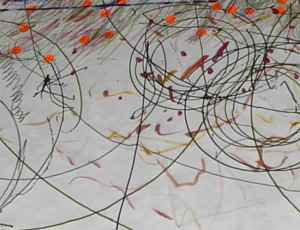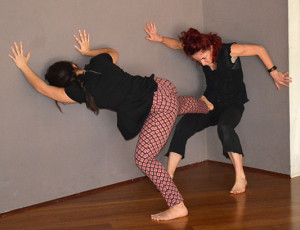Stagebridge Interview with Greacian Goeke
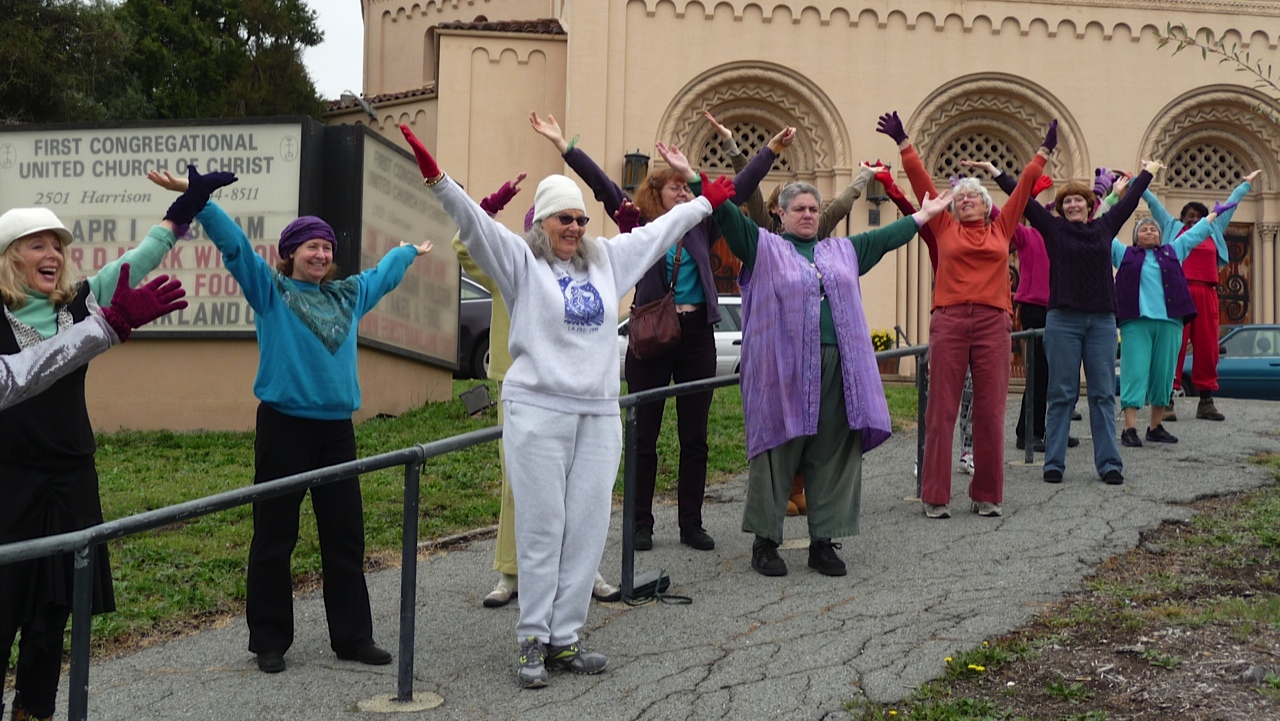

Stagebridge, located in Oakland, has been promoting healthy aging through the performing arts since 1978. What started out as a small program with just a few classes of theater and story telling for elders, grew into a whole organization surrounded by people who are 50 and up who love the performing arts and want to develop themselves in new directions.
When Stagebridge first began, old age was considered a time to languish in retirement homes. Today, however there is a big push to stay active and create a sense of community across all generations as the years roll on.
How did you hear about dance anywhere?
It’s interesting how I heard about dance anywhere. It’s very coincidental. I had taken a class of students here from Stagebridge, my class of elder movement artists out to the Oakland Museum I think it was March 30th 2010. This was a planned excursion where we were going to go and explore movement responses to the sculptures both in the outdoor gardens and also in the California artist gallery, and when we got there the person at the desk said “Oh the dance anywhere group did this great thing on the stairs this morning. Are you another group?” and I said, “No but what’s dance anywhere?” and so they gave me a card. It was one of the announcement post cards so I could find out more about it, and of course I went to the website and that just opened a whole world, and I said “Okay, these people are speaking my language.”
I come from a tradition of performance art where we always made work in public spaces or unexpected and unusual places, not just the usual gallery or theater. My training is all in site specific work, responding to what is there, and trying to reflect not only the aspects of architecture or composition of your art object, or the building itself there in the present, but also to reflect on the past and all the layers that the present site sits upon. So when I saw that dance anywhere was about dancing anywhere, it was just something I believe in strongly and I felt that I could join in and be among people who understood things about art being in public and being something for everyone and its wonderful once a year if not more times of the year that people would bump into art in the middle of their shopping plaza or where ever. It’s really an important thing about dancing anywhere. We need to have people bumping into it just as a part of their everyday life.
Do you know where you are going to dance for dance anywhere in 2013?
I think we’ll probably stay out in front of our building here at Harrison and 27th in Oakland, you know the big 1st Congregational Church, because we are one of many nonprofits and art organizations that use the church both as a home base or as a performance venue but once you’re inside the church you’re in this fortress and nobody knows you’re there. So one reason dance anywhere was so successful for us last spring was it was the first time we did anything out in front of the building to draw attention to the fact that there is a school and a series of classes and performing arts training for seniors here in this building everyday of the week. People really did notice us because we were brightly dressed and right on the corner of the building. So that’s my first choice, we’ll see if the date doesn’t conflict with something else that’s happening here. My second choice would be to go back to the Oakland Museum, which our class makes a trip once or twice a year to the museum anyway to dance someplace in the museum and we just do it very low key sort of like a mini dance anywhere to show off the appreciation of art through movement.
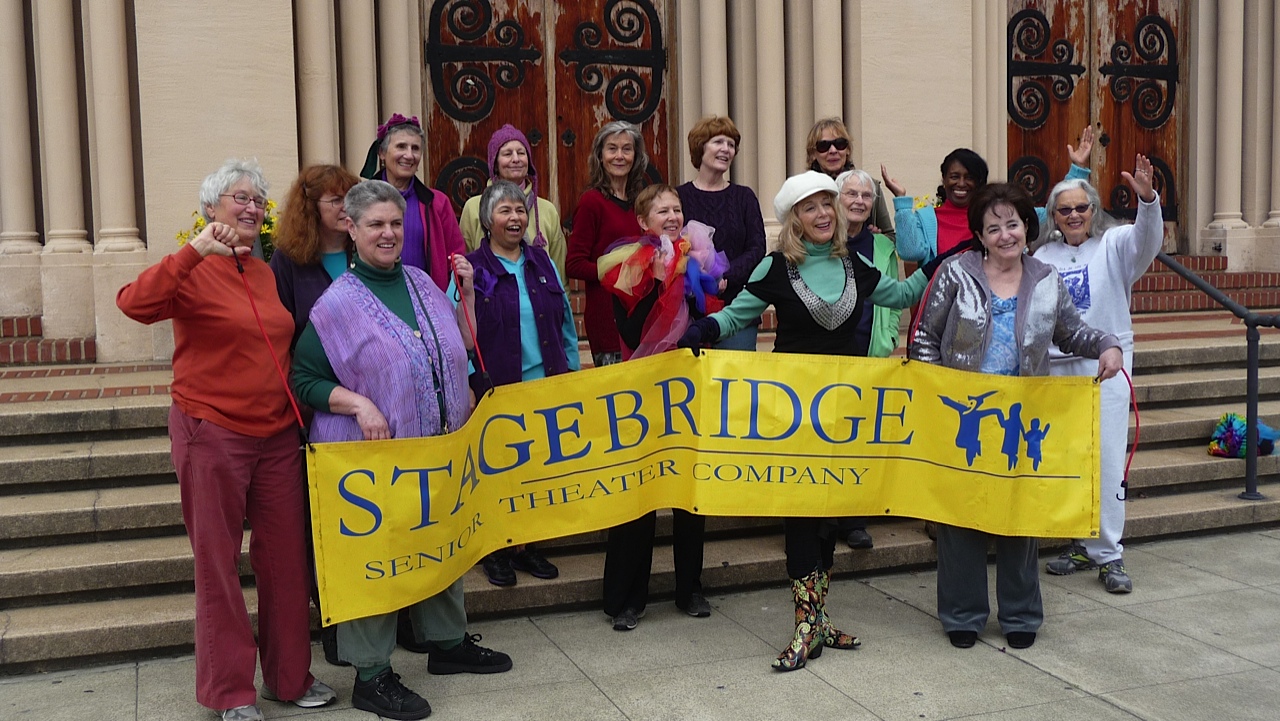
Do you have any idea what kind of movements you’ll be doing for next spring?
I think this year because our group has been working on not only dance improvisational movement but also percussion and body percussion, that I think we want to add some kind of percussion. There’s a big railing on the path that goes down to the street which is where we had our piece last year, and we could use the railing kind of as our drum and use sticks on that. So I think its going to combine some aspect of percussion and movement. But I can’t really say much more since its going to develop with the people who are going to do it. We’ll start looking at things, probably not any sooner than January or February. Through my class we’ll get a core of people who can plan the activity and we’ll score it, and then we’ll invite others from the community of our Stagebridge world to join in.
Why do you think it’s important for seniors to participate in the performing arts?
One thing that we think that’s really important about becoming a performing artist in later life, whether it’s reviving an old love that went by the way side, or just continuing a life of being in the arts in some way, it’s just a wonderful way to not be isolated. To have an instant bond in the community as you’re growing older because we of course know that they are at a time in life when their friends and spouses are starting to die, and are starting to feel threatened by death. It’s really important to have community at that time to stay in the flow of life because once people start withdrawing and getting more isolated, depression sets in, and their life force starts declining. People actually won’t live as long if they are not connected to a community. So we feel like we are providing tools for life here. People at the end of their life are really in a reflective time as well, and they are looking at their entire life story and what does it all mean. Elder artists have so much to express that they are the most natural artist because they have this life behind them that sometimes really needs a form in order for them to feel complete about their life.
How does dance create a bridge between generations?
It’s a language, and we could speak across generations sometimes more easily through a language and through a shared project than just sort of like putting people in a room and saying “Okay, get along”. You have a common project. You find it really brings forth the best in both when all generations must think.
How do you like to start a new piece?
Sometimes it’s just a line from a poem that strikes me. Or I tend to take a lot of inspiration from the seasonal changes and cycles of nature. It might have a seed like that translates to a conceptual kernel. But then I take it to the class I’m teaching and we do a lot of exploratory, sometimes abstract, movement exercises around that little seed idea. And the piece kind of comes into focus through that process. So I’m always collaborating with the people I’m working with. I almost never set a pre-existing piece on them.
But we might take inspiration from others, from past dances out there, which is really fun to do. I think about, in particular, this idea that came with early modern dances, the idea of the movement choir. That was pioneered in the German Expressionist dance. The idea was that communities could have dance groups in the way that a community might have their local symphony. The other thing that I’m very inspired by, I should say it’s my really big inspiration in working with elder movers, is THE CHAIR! They have, maybe, a love-hate relation with chairs now. They would like to move but now they get tired. And they have to sit down. So we have explored, and I know we’re far from done, and I don’t think we’ll exhaust the subject, but we’ve explored every sort of way you can be moving in the space and then return to the chair or use the chair for support. Dance in the chair or dance with the chair, shapes that reflect or contrast with the chair, etc. etc. Lots of choreographers have played with chairs, so we feel very inspired by that tradition and use chairs often.
Stagebridge not only provides classes for the elderly in the performing arts, but also conducts outreach performances at hospice care sites, Alzheimer’s facilities, adult day care and senior centers.
Movement and Rhythm classes are taught by Greacian Goeke, Storybridge Director and Orff Movement and Music Specialist. Goeke is a performer and writer trained in modern dance, improvisation and choral singing. She has worked extensively in Bay Area public schools, with the Goldman Institute of Aging, Museum of Children’s Art in Oakland, and the San Francisco Conservatory of Music.
Greacian will be teaching the following classes at Stagebridge:
Rhythm and Moves Ensemble
Please Note: This group will be participating in Dance Anywhere Day, March 22–all are welcome to join us!
Mondays 3:00 – 4:30 pm
January 7 – March 18 (no class January 21) $125.
Explore movement and percussion play with a spirited ensemble age 50-80+! Attend first class free.
All abilities welcome; no previous dance experience needed
Location: Stagebridge, 2501 Harrison Street at 27th in Oakland 94612 (in downstairs choir room of the big church)
Releasing the Dancer in You: Creative Movement for Health and Enjoyment
Please Note: This group will be creating a site-specific piece for Dance Anywhere Day, March 22–all are welcome to participate!
Fridays 10:15 – 11:30 am
January 11 through June 28 (check holiday schedule in advance with Albany Senior Center)
Ongoing class, drop-in format; pay at reception desk; $7.00 residents; &8.00 nonresidents
Last Friday of month is an intergenerational frolic with children from the Albany Preschool next door
Join the ASC resident ensemble, Impromptu No Tutu, for invigorating movement in community, in the spirit of Orff Schulwerk and the movement choirs of Rudolf Laban.
All abilities welcome; no previous dance experience needed
Location: Albany Senior Center, 846 Masonic Avenue, near Solano, Albany, CA 94706 (Center Info)
Circle with the Seasons
With Orff Specialist Janet Greene I am co-leading a professional development series of music and movement workshops for classroom teachers, preschool workers, grandparents and others who work with young children.
Circle with the Seasons
Mills College, Wetmore Lodge, 9:30 am – 4:00 pm, $60 ($40 for students)
Saturday, January 26
Saturday, March 16
(New Facebook Event listing will be posted soon–keep an eye out!)
Please email Greacian to register: ggoeke@mac.com
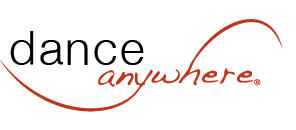
 Sign In
Sign In